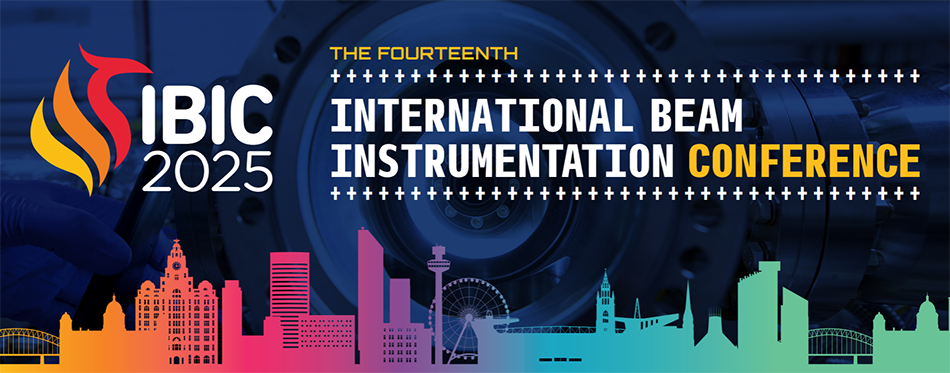Speaker
Description
X-ray imaging of both material and biological samples is a key application of synchrotrons and laser wakefield accelerators. However, it is possible that undiagnosed beam location offsets can impact the quality of the image created. This is particularly the case in 3D imaging, for which the 3D reconstructions require precise knowledge of the location at which each x-ray projection was taken. This study uses a low-energy x-ray imaging device designed to perform mobile digital tomosynthesis (DT), a modality of 3D x-ray imaging, for veterinary scanning to investigate the impact of this. An intentional offset is randomly applied of size 0.5 mm and 1 mm from the expected x-ray source position, and the quality of the reconstructed image is assessed for both the case where this offset is accounted for, and where it is not. From this, it is concluded that x-ray beams used for 3D imaging applications can have up to a 1 mm error without seeing large degradation in reconstructed image quality.ht be in other modern x-ray contexts, such as within XFEL technology.
Funding Agency
This work was jointly supported by Adaptix Ltd and the Science and Technology Facilities Council (STFC) under grant agreement ST/W006766/1
| I have read and accept the Conference Policies | Yes |
|---|

